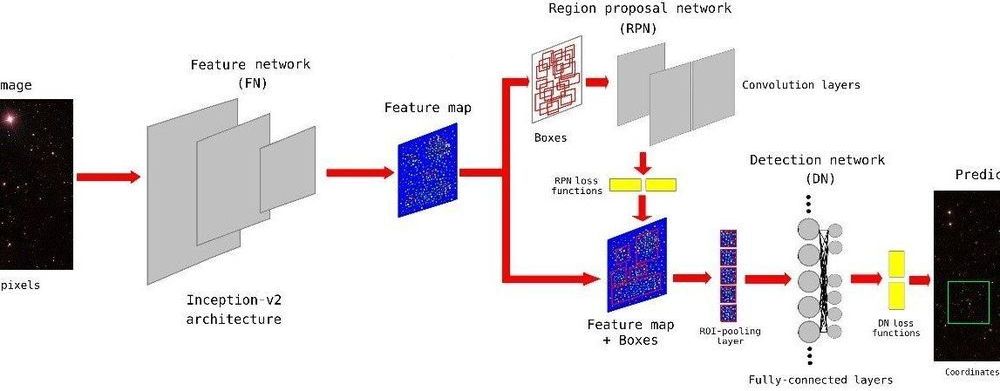Galaxy clusters are some of the most massive structures in the cosmos, but despite being millions of lightyears across, they can still be hard to spot. Researchers at Lancaster University have turned to artificial intelligence for assistance, developing “Deep-CEE” (Deep Learning for Galaxy Cluster Extraction and Evaluation), a novel deep learning technique to speed up the process of finding them. Matthew Chan, a Ph.D. student at Lancaster University, is presenting this work at the Royal Astronomical Society’s National Astronomy meeting on 4 July at 3:45pm in the Machine Learning in Astrophysics session.
Most galaxies in the universe live in low-density environments known as “the field”, or in small groups, like the one that contains our Milky Way and Andromeda. Galaxy clusters are rarer, but they represent the most extreme environments that galaxies can live in and studying them can help us better understand dark matter and dark energy.
During 1950s the pioneer of galaxy cluster-finding, astronomer George Abell, spent many years searching for galaxy clusters by eye, using a magnifying lens and photographic plates to locate them. Abell manually analysed around 2,000 photographic plates, looking for visual signatures the of galaxy clusters, and detailing the astronomical coordinates of the dense regions of galaxies. His work resulted in the ‘Abell catalogue’ of galaxy clusters found in the northern hemisphere.
